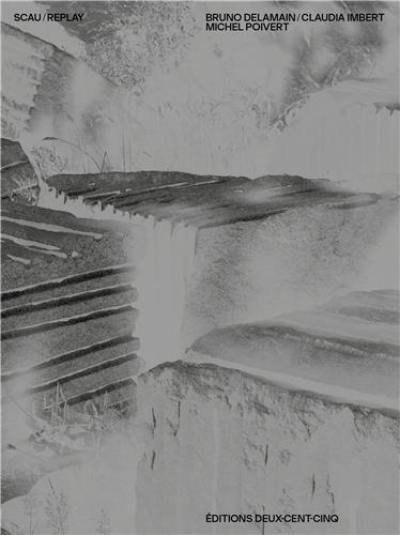
Paru le 01/04/2023 | Broché
Tout public
photographies Bruno Delamain, Claudia Imbert | traduction Juliet Powys
En 1997, l'agence d'architecture SCAU (Search and Creative Alternatives Uses) livre un bâtiment de bureaux en bordure du périphérique parisien. Vingt ans plus tard, elle se voit confier une réhabilitation totale du bâtiment. Cet ouvrage témoigne d'une pratique architecturale d'un genre nouveau : une agence d'architecture réhabilitant sa propre production dans une démarche de recherche sur les questions de réemploi et de mémoire. La transformation in situ de la matière architecturale est une alternative au principe de la tabula rasa. Réemploi, recyclage et autre formule de récupération permettent aussi de se défaire de la posture de conservation ou de restauration. C'est ici l'existant et sa persistance physique qui deviennent matière à création. De quelles mémoires le projet est-il le lieu ? Quelles formes, quelles matérialités prennent-elles ? Ne sont-elles visibles que par leur matérialisation ? Face à sa propre production, quelles attitudes le concepteur peut-il adopter pour répondre aux interrogations et aux défis lancés par l'architecture à l'aune de la conscience de la finitude des ressources ?
In 1997, the architecture agency SCAU (Search and Creative Alternatives Uses) completed an office building on the edge of the Parisian ring road. Twenty years later, the agency was entrusted with the complete rehabilitation of the building. This book bears witness to a new kind of architectural practice : an architectural agency rehabilitating its own production with a research objective into issues of reuse and memory. The in situ transformation of architectural material is an alternative to the principle of tabula rasa. Reuse, recycling and other recovery methods also enable architects to divest themselves of the postures of conservation or restoration. The existing building and its physical persistence become the creative material. Which memories does the project contain ? What forms, what materialities, do they take on ? Are they visible only by their materialisation ? Faced, with their own production, what attitudes can designers adopt to respond to the questions and challenges posed by architecture in light of the awareness of the finite nature of resources ?